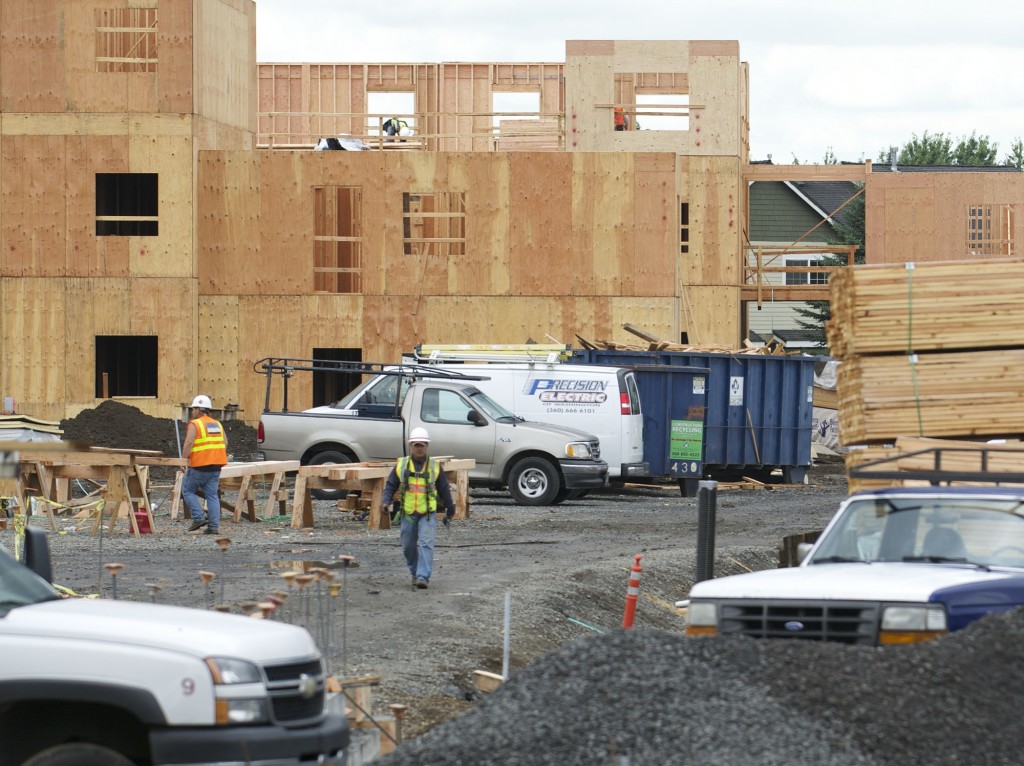As economists and local housing advocates have been saying, growing rent costs outpace wage growth. But the numbers reveal just how wide the gap is: Monthly rent for a two-bedroom apartment in Clark County has increased 37 percent since 2005, while incomes among renters increased at least 11 percent at the same time.
In 2005, two-bedroom apartments in Clark County went for about $717. If they’d followed the general rate of inflation, that would be $882 now; instead, the going rate is $1,208. That’s according to Fair Market Rents set by the U.S. Department of Housing and Urban Development, which uses local housing surveys each year to determine the going rate for a modest rental.
Census data on incomes are available through 2014; from 2005 to 2014, median incomes for renter-occupied households increased 11 percent — adjusted for inflation — to $40,851. Assuming that renter incomes continued to rise since then at the average pace of the last few years, then the median renter-occupied household currently makes a little over $45,300 annually.
Projecting incomes is tricky, said regional economist Scott Bailey, who works for the state Employment Security Department.




